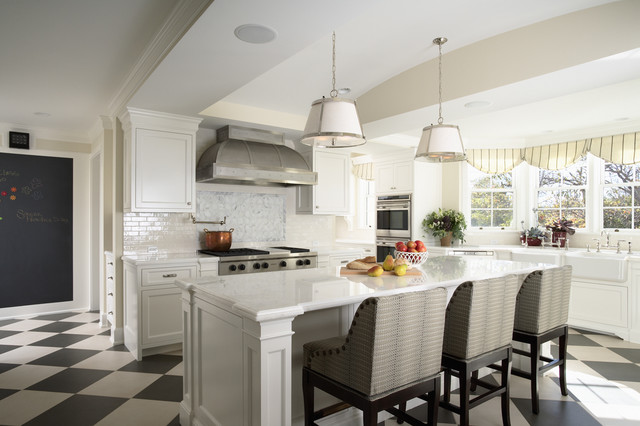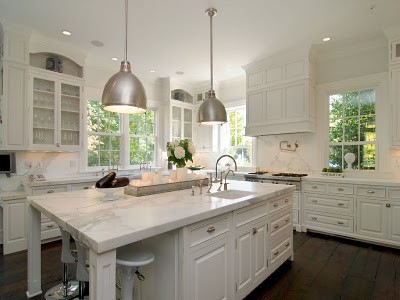Essential Elements to Think About When Picking Legs For Kitchen Area Island
Selecting the appropriate legs for a kitchen island includes a mindful assessment of numerous variables that can dramatically influence both performance and aesthetic charm. Amongst these, the choice of product plays a pivotal duty in making sure resilience, while the style must match the existing design. Furthermore, factors to consider such as elevation and weight assistance are vital for security and convenience. As we explore these elements, it ends up being clear that each choice can have far-ranging ramifications for the overall cooking area experience. What nuances should be considered in each of these classifications to achieve the perfect balance?
Product Options
When selecting legs for a cooking area island, understanding the numerous product options is essential for achieving both visual appeal and architectural stability (Legs For Kitchen Island). The choice of material considerably affects not only the sturdiness of the island yet additionally its total layout and performance
Steel legs, usually made from stainless steel or functioned iron, contribute a modern-day and commercial feeling while ensuring sturdiness and security. These products are resistant to use and can support significant weight, making them ideal for larger islands.
An additional alternative is engineered materials, like MDF or plywood, which can be extra cost-effective while still offering a series of finishes. Nonetheless, they may not offer the same degree of security as strong timber or steel. Materials such as acrylic or glass can produce a modern look, though they may need added support to guarantee security.
Ultimately, the selection of material for cooking area island legs need to straighten with the desired functionality and the general style of the cooking area.
Design and Style

When considering style, the shape and coating of the legs are important. Conical legs can provide a sense of agility and sophistication, while thicker, more durable legs can share strength and security. Furthermore, the surface-- be it painted, discolored, or natural-- need to match the cabinetry and counter top materials to produce a unified appearance.
Additionally, the design of the legs can additionally show individual preference. Personalized or decorative legs, such as those featuring detailed makings or distinct geometric shapes, can function as centerpieces, adding personality and individuality to the kitchen. Ultimately, the appropriate option will certainly not just boost performance yet also boost the aesthetic charm, making the cooking area island a standout attribute of the home.
Elevation Considerations
Picking the ideal height for cooking area island legs is vital, as it directly affects both capability and convenience. The conventional elevation for a kitchen island generally ranges from 36 to 42 inches, lining up with usual kitchen counter elevations. A 36-inch elevation is suitable for food prep work go to this web-site and cooking, enabling comfy use of kitchen area devices and devices. Conversely, an elevation of 42 inches is frequently favored for islands meant for bar seats, suiting taller stools and using a casual eating experience.
:max_bytes(150000):strip_icc()/pink-marble-tile_House-of-Harvee-9f030193ae38484a9cb7ea2d71af66f4.jpg)
It is also necessary to make up individuals' preferences and elevations. Customizing the height can make certain a comfy experience for over here all family members, making the cooking area island a much more functional and enjoyable space.
Weight Assistance
Ensuring appropriate weight support for kitchen island legs is crucial for both safety and security and performance. The kitchen area island often serves multiple functions, including cooking, eating, and additional storage space, necessitating a durable assistance framework. When selecting legs, it is vital to take into consideration the overall weight capacity needed based on the island's planned use and the materials that will be put on it.
The option of material for the legs plays a substantial function in their weight-bearing capabilities. Strong timber, steel, and heavy-duty compounds generally provide premium toughness contrasted to lighter products. Furthermore, the design of the legs-- whether they are right, tapered, or have a pedestal type-- can affect their capability to disperse weight effectively throughout the structure.
Furthermore, the leg placement should be purposefully prepared to improve security. Legs placed at the corners or with a bigger base can much better support much heavier loads. Always get in touch with the producer's requirements relating to lots restrictions to make sure that the legs can maintain the desired weight without endangering security. In recap, choosing kitchen island legs with appropriate weight support is vital for developing a functional and safe cooking area.
Installation and Upkeep
Appropriate installment and upkeep of kitchen area island legs are crucial for making sure longevity and stability. This commonly entails safeguarding the legs to the island base using appropriate fasteners, making sure that the legs are degree and lined up.
As soon as set up, regular upkeep is required to maintain the honesty and look of More Help the legs - Legs For Kitchen Island. For wooden legs, regular cleansing with a damp cloth and application of appropriate timber gloss can prevent moisture damage and maintain their finish. Metal legs might call for a gentle cleansing solution to get rid of oil and grime, followed by a dry cloth to prevent corrosion development
Additionally, evaluate the legs regularly for indications of wear or damages, such as fractures or loosened joints. Tightening screws or screws as required can additionally extend the life expectancy of the legs. By adhering to these setup and upkeep practices, house owners can guarantee that their kitchen area island continues to be tough and aesthetically appealing for years to come.
Final Thought

Visual coherence is extremely important in picking the style and design of legs for a kitchen area island, as these components greatly affect the total setting of the area. Tapered legs can supply a feeling of lightness and style, while thicker, more durable legs can share strength and stability.Choosing the proper elevation for kitchen island legs is essential, as it straight affects both performance and convenience. In summary, choosing cooking area island legs with appropriate weight support is important for developing a useful and safe culinary area.
In final thought, picking legs for a cooking area island demands cautious consideration of various aspects, consisting of material choices, style, elevation, weight support, and setup.